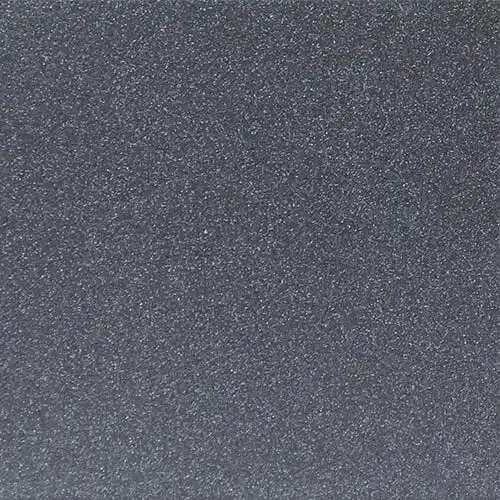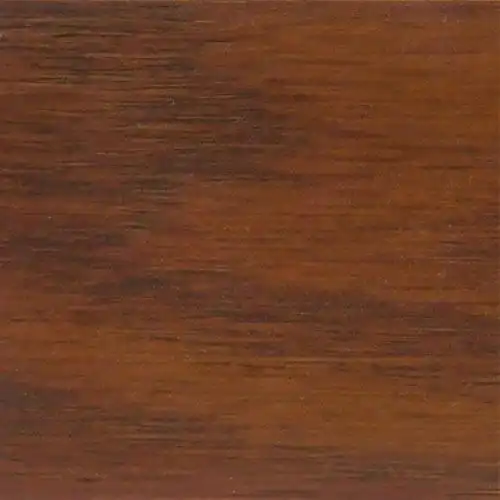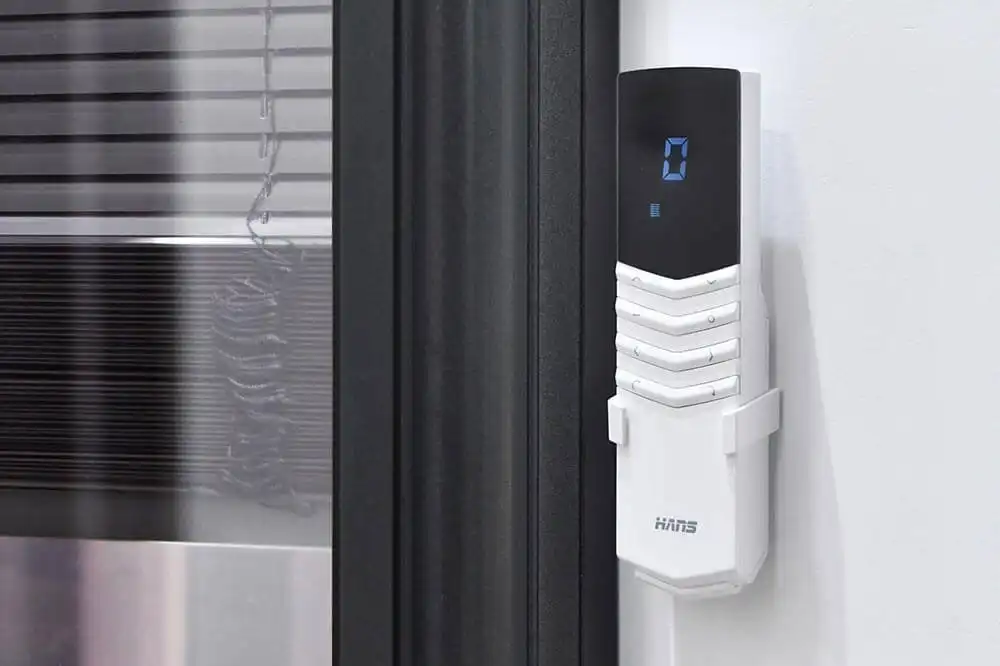2025 Trends and Developments in the Window and Door Industry
Windows and doors do more than just open and close. They shape how homes and buildings look, feel, and perform. That’s why the window and door industry plays a major role in construction and design.

This market keeps growing fast, with rising demand for energy-saving and stylish solutions. At the same time, it faces real challenges like price pressure, supply issues, and the need to meet new building codes. But with those challenges come big opportunities, especially in smart features and better materials.
In this blog, we’ll take a closer look at today’s window and door industry. You’ll learn what matters, what’s changing, and what to watch next.
The Current State of the Window and Door Industry
Things are changing fast in the window and door industry. New buildings are going up. Older homes are getting a facelift. And buyers care more about performance, comfort, and looks than ever before. Let’s break down where the market stands today and what’s pushing it forward.

Market Size
The global window and door market continues to grow at a steady pace. By 2024, it reached over USD 250 billion. Experts believe this growth will hold strong, with a yearly increase of around 5%. If that continues, the market could reach close to USD 490 billion by 2037. That’s a big jump.
Rising demand for new buildings, home upgrades, and better energy use plays a big part in this. More people want quality products that last, and builders are listening.
Industry Segmentation
The industry covers a wide mix of materials and styles. Aluminum and uPVC windows and doors lead the market today. Aluminum stands out for its strength and modern style. uPVC earns points for insulation and easy upkeep.
Wooden frames still have a place in some markets, but many people prefer lower-maintenance options. Demand also depends on location. For example, aluminum works well in hot, dry places, while uPVC suits colder areas better. Each material has its own benefits, which makes room for all types in the market.
Technological Innovations
Tech is pushing the industry forward in exciting ways. Smart windows and doors now offer remote locking, voice control, and better energy management. Materials are improving, too; think double glazing, soundproofing, and thermal insulation.
Modern designs focus on thinner frames, cleaner lines, and custom options. Builders and homeowners want products that save energy, look sharp, and hold up over time. As new tech becomes more affordable, these features are quickly becoming standard.
Key Trends in the Window and Door Industry
Homeowners and builders are raising their expectations. People no longer see windows and doors as just functional parts of a building. They now play a big role in energy use, comfort, style, and even home security. Let’s take a closer look at some of the top trends shaping the window and door industry today.
The Rise of Smart Windows and Doors
Smart home products are everywhere, and windows and doors are no exception. These features go beyond simple upgrades. Many homeowners now expect things like remote locking, motion sensors, automatic openers, and glass that tints itself depending on sunlight.
People want windows and doors that they can control from their phone, voice assistant, or smart hub. It adds convenience, but it also boosts security. You left the house and forgot to close a window or lock the door? A smart system can handle it. Just tap your phone to lock it or close it right away. As the tech becomes more affordable, expect smart features to become the new standard rather than a luxury.
Energy Efficiency and Sustainability
Energy costs keep rising, and climate concerns are also creating headlines. That’s why homeowners are paying more attention to how well their windows and doors insulate their homes. Builders and buyers want better performance. They look for double or triple glazing, thermal frame breaks, and coatings that block heat.
Low-emissivity (Low-E) glass has become especially popular. It helps control indoor temperatures without blocking natural light. Recycled materials and better insulation also help reduce long-term energy use. These upgrades may cost a little more upfront, but they save money over time. Plus, they support green building goals, which matter more than ever.
Growth of Customized Window & Door Solutions
No two homes are the same, and many homeowners want products that reflect their style. Custom windows and doors solve that. They let buyers choose everything from the material and shape to the hardware finish and color.
Thanks to better production tools, companies can now offer more custom options without long wait times. That makes it easier for customers to get exactly what they want without going over budget. Bold colors, slim frames, and special opening styles are now in high demand. Custom designs keep gaining popularity across many types of homes.
The Continued Popularity of Aluminum & UPVC Windows and Doors
Many builders and homeowners now choose aluminum and UPVC for their windows & doors. These materials hold up well in all kinds of weather. They resist rust, warping, and fading, unlike wood, which often needs more care over time.

Aluminum

UPVC

Wood
Aluminum frames offer a sleek, modern look. They also work well with large glass panels. UPVC performs great when it comes to insulation and noise control. It helps keep rooms quiet and energy bills low.
Compared to wooden frames, aluminum and UPVC last longer and require less upkeep. As the window and door industry shifts toward smart, efficient builds, demand for these two materials keeps rising.
Technological Innovations and Future Outlook
The window and door industry keeps moving forward. New tools and tech continue to shape how windows & doors look, work, and last. Let’s take a look at where things stand and where the market is heading.

The Use of Advanced Materials
Manufacturers now focus on better performance with lighter, stronger materials. These updates help windows and doors resist wind, reduce noise, and improve insulation. Some frames use layered designs to boost energy savings without adding bulk.
Others combine recycled content with high-performance finishes. Builders want parts that last longer and perform better. That’s why demand for advanced materials continues to grow fast.
Automation and Smart Features
Smart windows and doors keep adding new tricks. Many now open and close on their own based on the weather. Others track the indoor temperature and adjust airflow to keep things comfortable. Homeowners can also control everything through apps, voice assistants, or fingerprint scans.
These features help save energy and make life easier. As smart tech keeps improving, these upgrades will soon become standard in many homes.
Potential of 3D Printing Technology
3D printing has started making its way into the window & door trends development space. It allows manufacturers to create detailed parts quickly and with less waste. Builders can now order custom sizes or shapes without long delays.
This tech also helps produce lighter parts with better fit and strength. While still new in this industry, 3D printing could soon change how many companies design and build windows and doors.
Challenges Facing the Fenestration Industry
Even with fast growth, the window and door industry still faces some tough challenges. Shifting prices, new rules, and strong competition all play a part. Companies that want to stay ahead need to respond quickly and keep improving.

Fluctuating Raw Material Prices
Rising costs for aluminum, glass, and uPVC put pressure on everyone in the supply chain. Many companies now turn to smarter sourcing methods. They build strong relationships with suppliers and invest in better planning. Some also explore alternative materials to lower expenses without losing quality. These steps help reduce the impact of market swings and keep prices steady for customers.
Intense Market Competition
The window & door market has become crowded. More brands compete for attention, especially online. To stand out, companies invest in research and development. They work on new features, smarter functions, and better performance. High-value products win trust faster and bring in long-term buyers. A strong product backed by real benefits makes all the difference in a busy market.
Environmental Regulations and Sustainability Standards
Green building codes continue to grow stronger across the globe. Governments push for lower emissions and better energy use. As a result, manufacturers must rethink how they design, source, and produce windows and doors. Many have already shifted to eco-friendly materials and cleaner processes. Meeting these standards takes effort, but it also builds credibility and opens new market doors.
Security Innovations
Security matters more than ever. Homeowners in high-risk areas want windows & doors that block forced entry and protect their families. This demand pushes manufacturers to improve locks, frames, and glazing. Burglar-resistant glass, reinforced corners, and smart security add-ons are no longer rare; they're expected. Companies that focus on strong safety features build trust and gain a clear edge in today’s market.
Conclusion
The window and door industry changes quickly. Smart windows and doors play a big role in homes today. People want features that keep homes safe and comfortable. At the same time, energy-saving and green choices matter more. Aluminum and UPVC windows and doors stay popular because they are strong and save energy. Also, many buyers want windows and doors made just for them. These trends shape the industry now and will guide it in the future.
Looking ahead, the industry has good chances to grow. Companies will improve materials and add smart features to meet what customers want. New rules push for greener designs that help the planet. Plus, new tools like 3D printing can make building faster and waste less. Overall, the window and door industry will keep changing to give safer, better, and greener products to homes and buildings everywhere.
Tips for Further Reading and Resources
To explore the window and door industry further, check out reports from Statista, Research and Markets, and IBISWorld. These sources publish market data, forecasts, and white papers that cover everything from smart windows and doors to global material trends. You’ll get facts that support real decision-making.
Also, visit sites like Window & Door Magazine, GlassBuild America, and The Fenestration and Glazing Industry Alliance.
